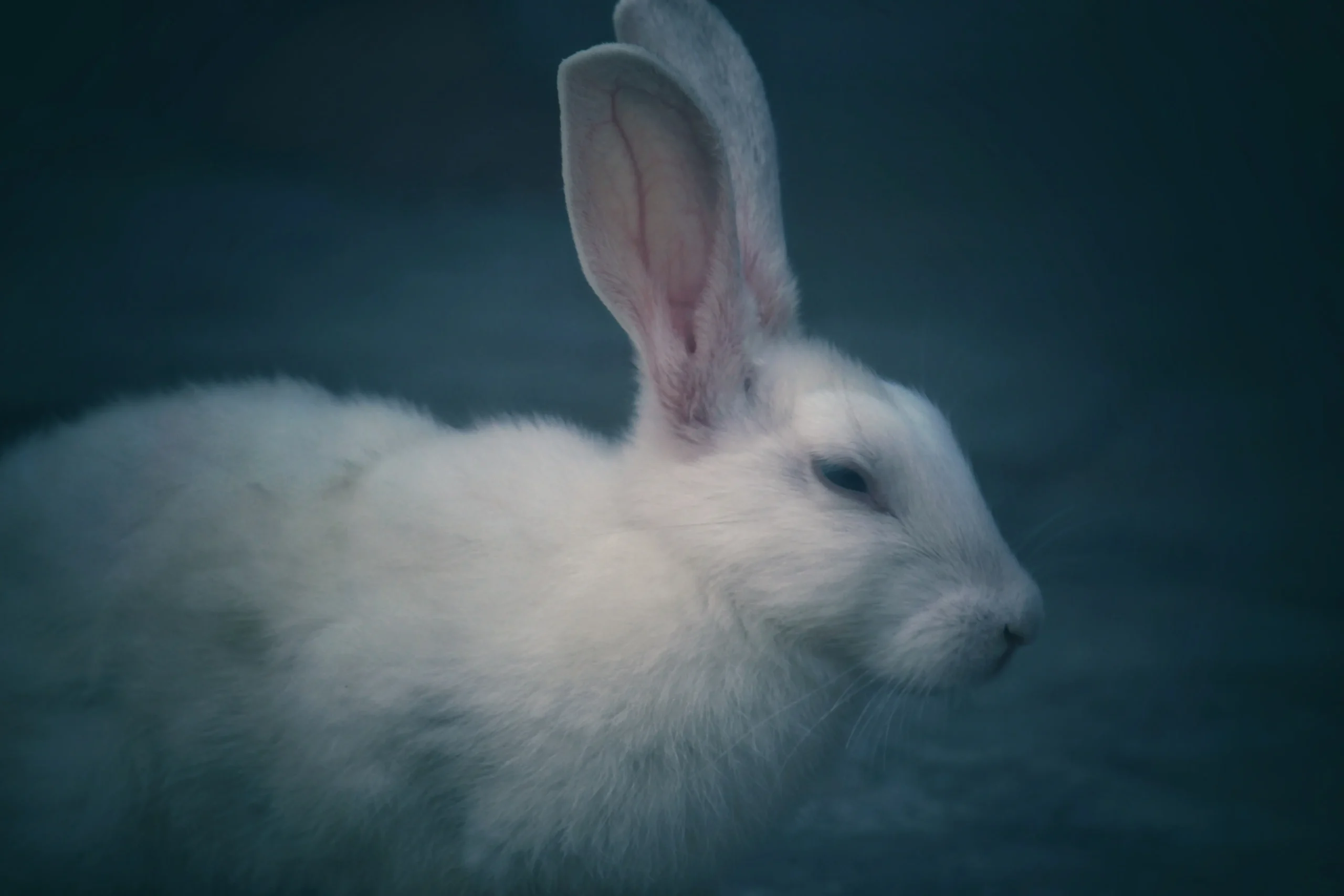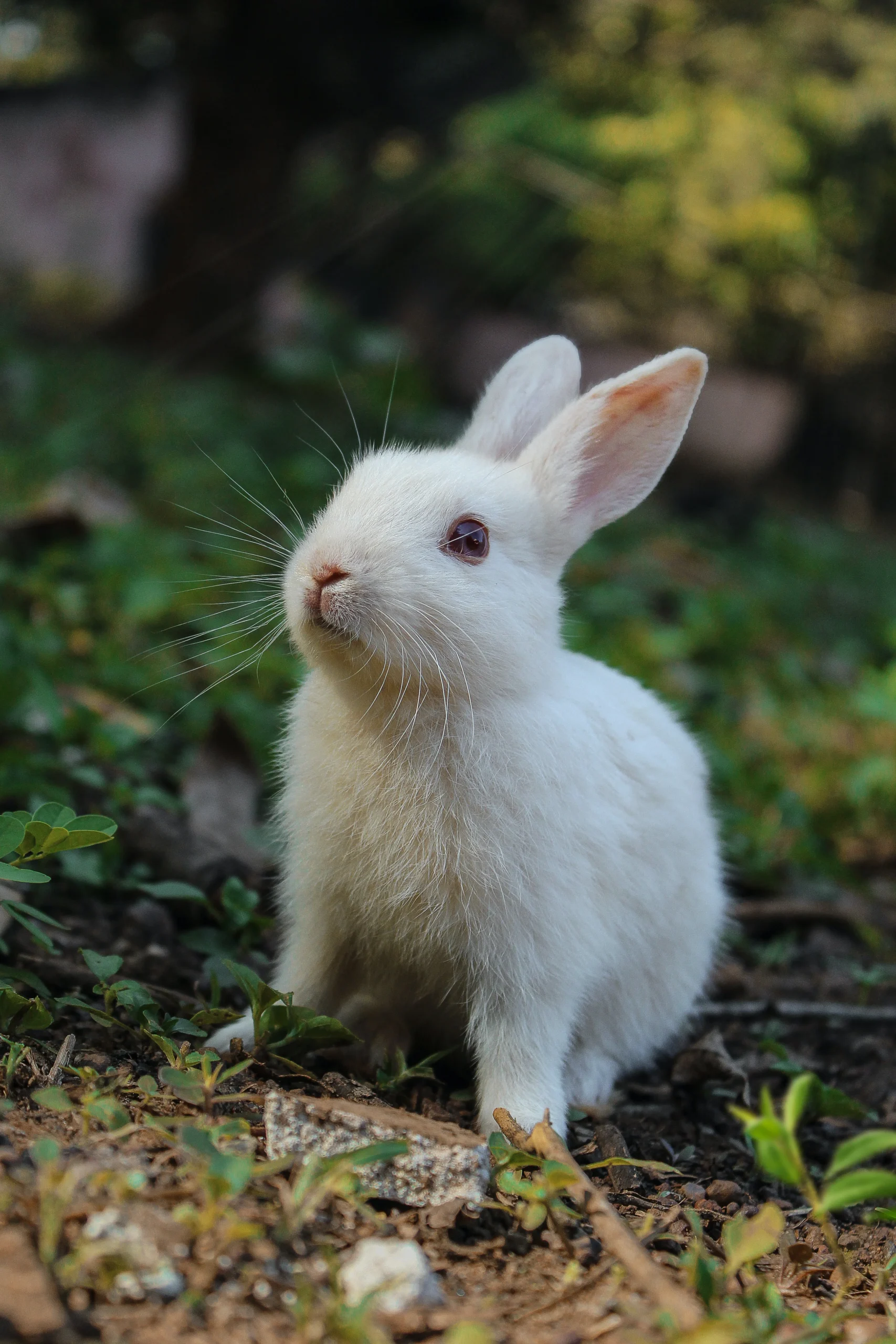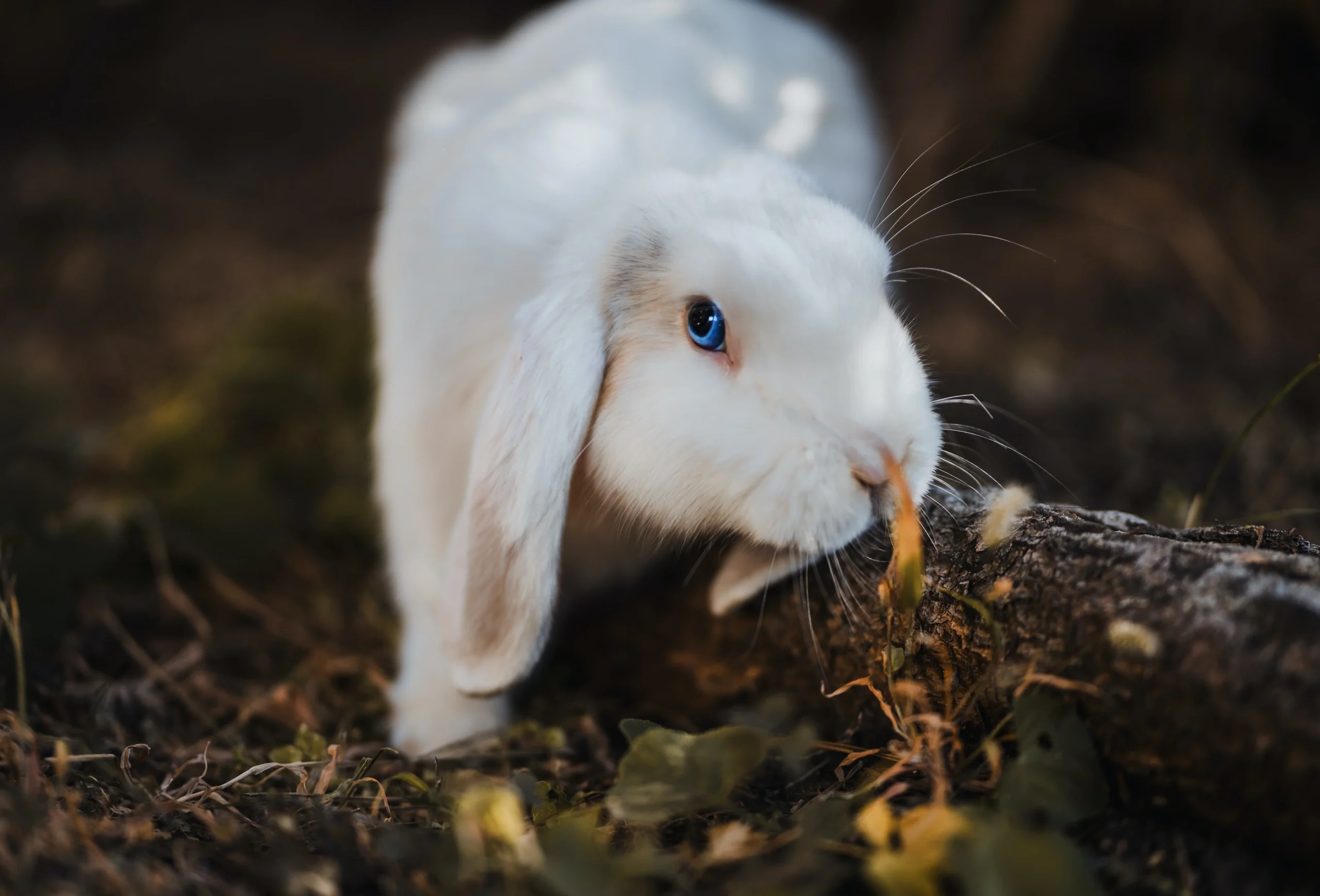History
Rabbits have a long and fascinating history that spans thousands of years. They are native to Europe, Asia, and Africa, with different species adapted to various climates and environments. Humans have interacted with rabbits for centuries, initially as a source of food and fur. In ancient times, rabbits were often hunted for their meat and pelts, which were valuable commodities.

The domestication of rabbits likely began in ancient Rome, where they were bred for their meat and kept in captivity. However, it wasn’t until the Middle Ages that rabbits became more commonly domesticated across Europe. Monasteries played a significant role in rabbit breeding during this period, as monks raised rabbits for food, and their controlled environments allowed for selective breeding.
During the 16th century, rabbits were introduced to the Americas by European settlers, marking the beginning of their presence in the New World. In the 19th century, the development of new breeds for various purposes, such as the Flemish Giant for meat and the Angora for their luxurious fur, further shaped the history of domesticated rabbits.
Today, rabbits are kept as pets, raised for meat and fur, and used in laboratory research. They have also become popular in the world of competitive showing and exhibitions, where breeders showcase their prized rabbits.
Rabbits Size
Rabbits exhibit a wide range of sizes, with the smallest breeds weighing just a few pounds, while the largest can reach up to 20 pounds or more. The size of a rabbit is determined by factors such as genetics, breed, diet, and overall health.
The size of rabbits varies depending on the breed, with a wide range of sizes available. Rabbits are generally categorized into small, medium, and large breeds. Here’s an overview of their sizes within each category:

Small Breeds: Small rabbit breeds typically weigh between 2 to 4 pounds (0.9 to 1.8 kilograms) and have a compact, petite build. Examples of small breeds include the Netherland Dwarf, Holland Lop, and Mini Rex. These rabbits are ideal for people with limited space, such as apartment dwellers, as they require less room for housing and exercise.
Despite their small size, they can be quite energetic and have lively personalities. It’s important to provide them with ample space to hop around and play, as well as a proper diet to maintain their health.
Medium Breeds: Medium-sized breeds typically weigh between 5 to 8 pounds (2.3 to 3.6 kilograms) and have a balanced body shape. Examples of medium-sized breeds include the Dutch, Harlequin, and American Chinchilla. These rabbits strike a good balance between the compactness of small breeds and the heft of large breeds.
Medium-sized rabbits are popular choices for families and individuals who want a rabbit that’s not too small or too large. They are known for their friendly and sociable nature, making them great companions when provided with proper care, socialization, and space to exercise.
Large Breeds: Large rabbit breeds are the heavyweights of the rabbit world, often weighing over 9 pounds (4.1 kilograms). Examples of large breeds include the Flemish Giant, French Lop, and English Angora. These rabbits have substantial bodies, long ears, and powerful hind legs.
While large rabbit breeds are impressive in size, they require more space, both in their living quarters and during exercise. Providing them with room to stretch their legs and a well-balanced diet is crucial to ensure their health and well-being. Large breeds are often prized for their calm and gentle temperament, making them suitable for families and individuals looking for a larger and more laid-back rabbit companion.
Giant Breeds: Giant rabbit breeds are in a category of their own when it comes to size. These rabbits can weigh between 12 to 20 pounds (5.4 to 9 kilograms) or even more. Examples of giant breeds include the Continental Giant and Flemish Giant. They are known for their enormous stature, long ears, and friendly disposition.
Giant rabbit breeds are awe-inspiring due to their sheer size, and they can make wonderful, affectionate pets for those with the space and commitment to caring for them. It’s essential to provide them with an adequately sized enclosure and a diet tailored to their needs, as they are more prone to certain health issues related to their size.
The charm of small pets with our insightful guide. Learn about caring for and choosing the perfect companion among a variety of small pet species
Nutrition And Diets

Nutrition is a critical aspect of rabbit care, impacting their health, growth, and overall well-being. Rabbits are herbivores, which means their diet consists primarily of plant-based foods. Here’s an overview of their dietary needs:
- Hay: High-quality hay, such as timothy hay, is the foundation of a rabbit’s diet. Hay provides essential fiber, which is crucial for healthy digestion and preventing dental issues. It should be available to rabbits at all times.
- Fresh Vegetables: Rabbits benefit from a variety of fresh, leafy greens and vegetables, including romaine lettuce, kale, parsley, and carrots. These should be introduced gradually and in moderation to prevent digestive upset.
- Pellets: Commercial rabbit pellets are formulated to provide essential nutrients, but they should be given sparingly, as an excess can lead to obesity. Pellets are typically offered in limited quantities to young rabbits and breeding does.
- Water: Fresh, clean water must always be available to rabbits. They should drink plenty of water to stay hydrated.
- Treats: Occasional treats, like small pieces of fruit or herbs, can be given as rewards or for enrichment but should not be a significant part of their diet.
It’s essential to monitor a rabbit’s weight and adjust their diet accordingly to prevent obesity, a common health issue in domestic rabbits. Providing a balanced and varied diet is key to keeping healthy and happy.
Training and Intelligence
Rabbits are intelligent animals that can be trained to a certain extent. While they may not be as responsive as dogs, they can learn a variety of behaviors and commands. Here are some aspects of training and intelligence in rabbits:
- Litter Training: Rabbits can be litter trained, making them suitable indoor pets. They tend to choose a specific corner of their enclosure for elimination, and placing a litter box there can encourage this behavior.

2. Socialization: Spending time with your pets and handling them gently from a young age can help them become more comfortable with human interaction. Socialized rabbits are often more affectionate and less fearful.
3. Tricks and Commands: Some rabbits can learn basic tricks and commands, such as coming when called or jumping over small obstacles. Training sessions should be short, positive, and reward-based.
4. Problem Solving: Rabbits have a natural curiosity and can engage in problem-solving activities. Providing them with toys and puzzles can stimulate their minds and prevent boredom.
5. Clicker Training: Clicker training, a method that uses a clicker to mark desired behaviors, can be effective in teaching rabbits new skills and reinforcing positive behaviors.
It’s important to be patient and gentle when training rabbits, as they can be sensitive animals. Positive reinforcement with treats and praise is a useful training approach.
Health and Lifespan
Rabbit health is a significant concern for owners, as rabbits are susceptible to various medical issues. Understanding their health needs and providing proper care can contribute to a longer and healthier life for your rabbit.
Common health considerations include:

- Dental Health: its teeth continuously grow, so providing hay and appropriate toys for chewing is essential to prevent dental problems.
- Gastrointestinal Health: Rabbit are prone to digestive issues, including gastrointestinal stasis. A high-fiber diet, regular exercise, and access to fresh water are crucial for preventing these problems.
- Respiratory Health: Good ventilation and a clean living environment can help prevent respiratory infections.
- Parasites: Rabbits can be affected by internal and external parasites, so regular vet check-ups and proper hygiene are important.
- Vaccinations: Depending on your location, vaccinations against diseases like rabbit hemorrhagic disease
Rabbits typically have a lifespan of 7 to 10 years, but some can live even longer with proper care. Spaying or neutering rabbits can also contribute to their overall health and longevity by reducing the risk of certain diseases and behavioral issues.
Conclusion
In conclusion, rabbits have a rich history of interaction with humans, ranging from their early days as hunted prey to their roles as beloved pets, valuable fur and meat sources, and subjects of scientific research. They come in various sizes, from small dwarf breeds to giant varieties, and their nutrition needs are primarily plant-based, with a focus on hay, vegetables, and limited pellets. Rabbits are intelligent animals that can be trained and socialized to some degree, making them delightful companions.
To ensure the health and well-being of rabbits, owners must provide proper care, including a balanced diet, regular veterinary check-ups, and a clean living environment. With the right care, rabbits can live for many years and bring joy to those who appreciate their unique charm and personality.



